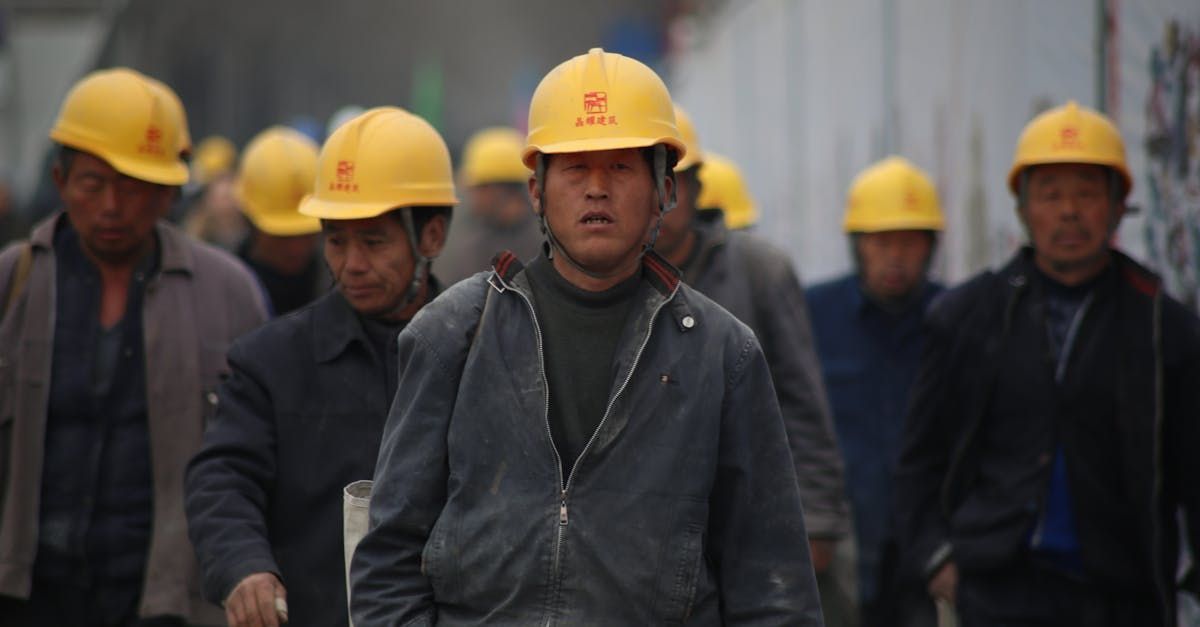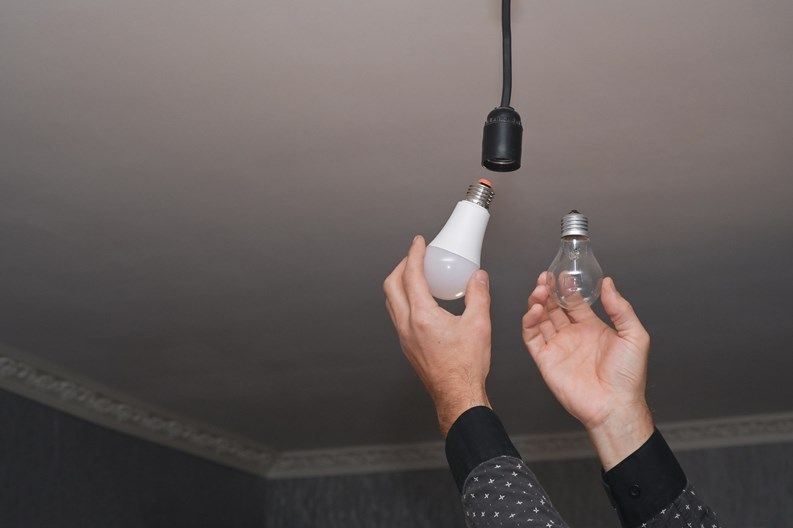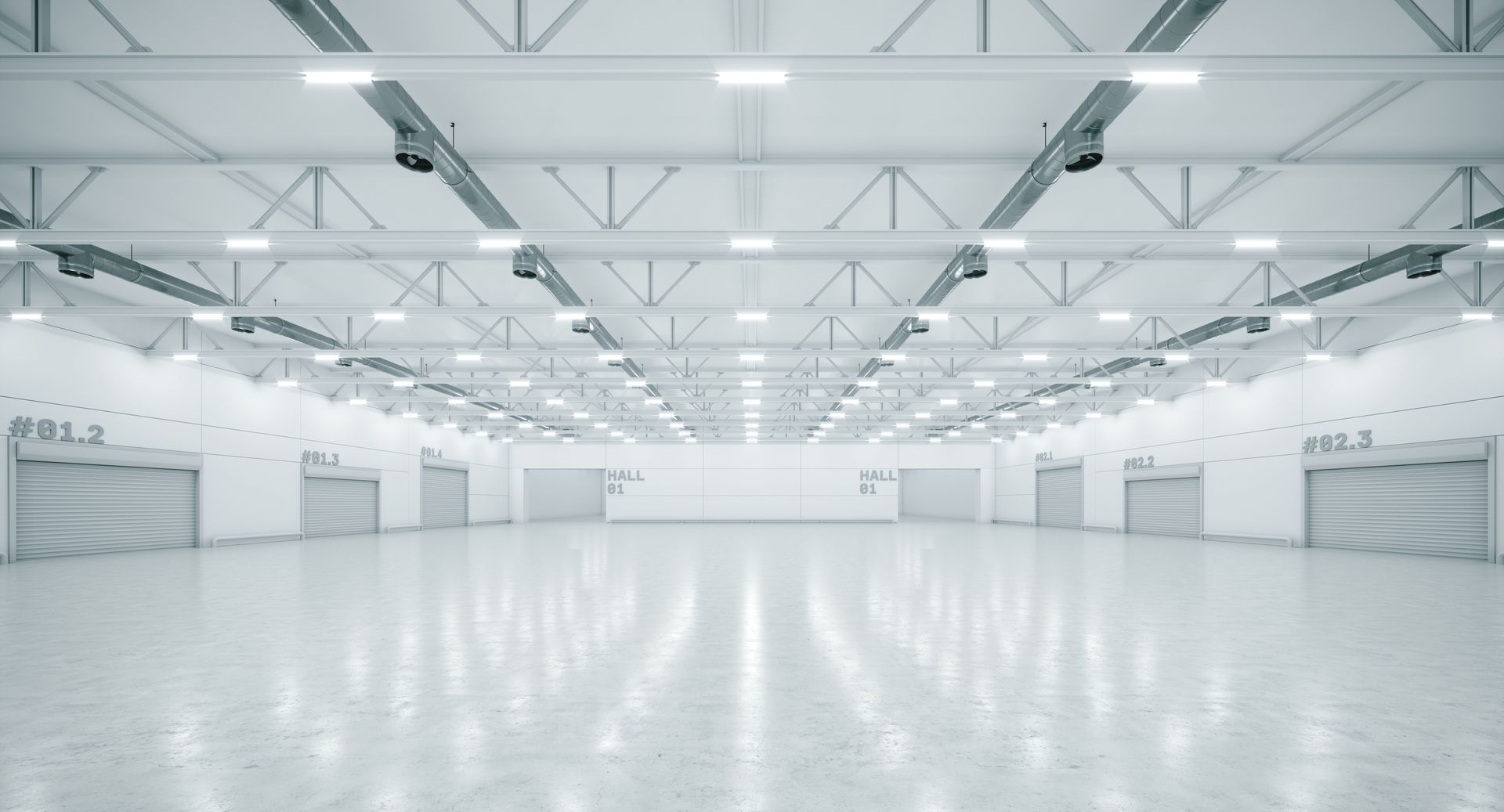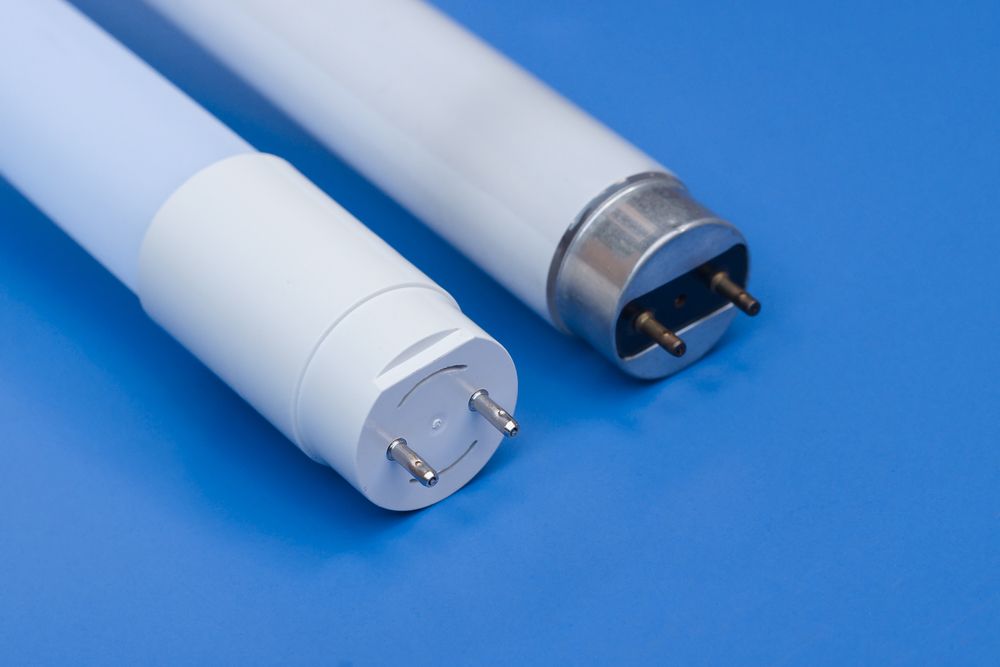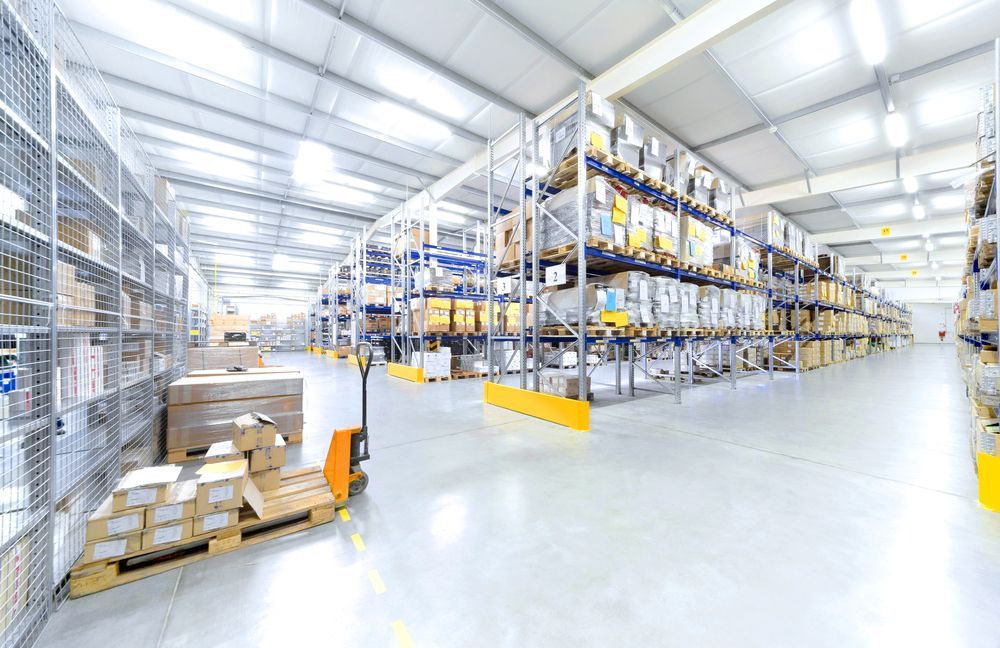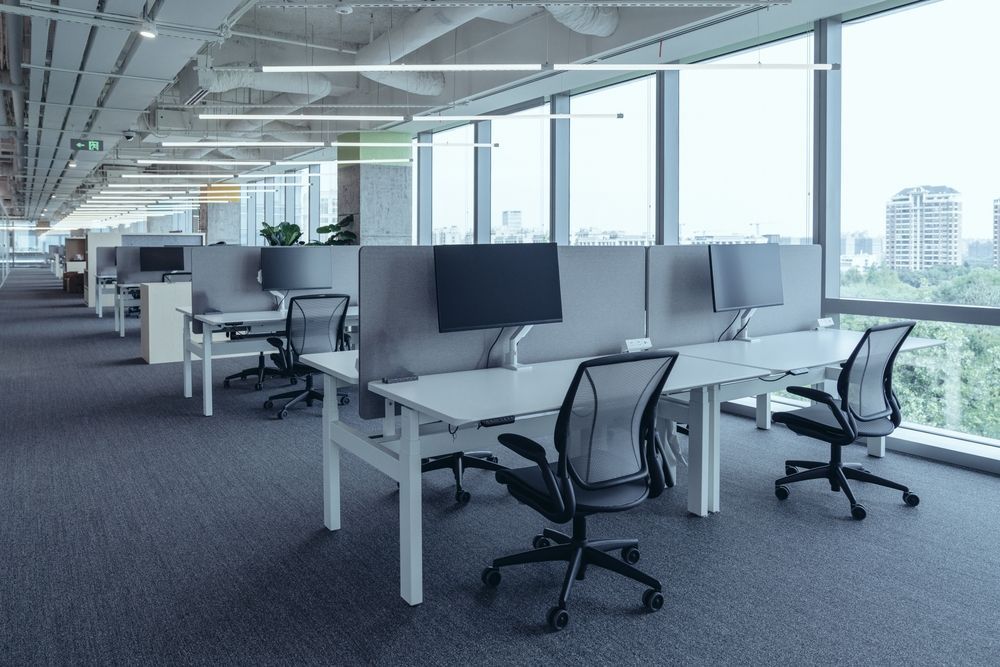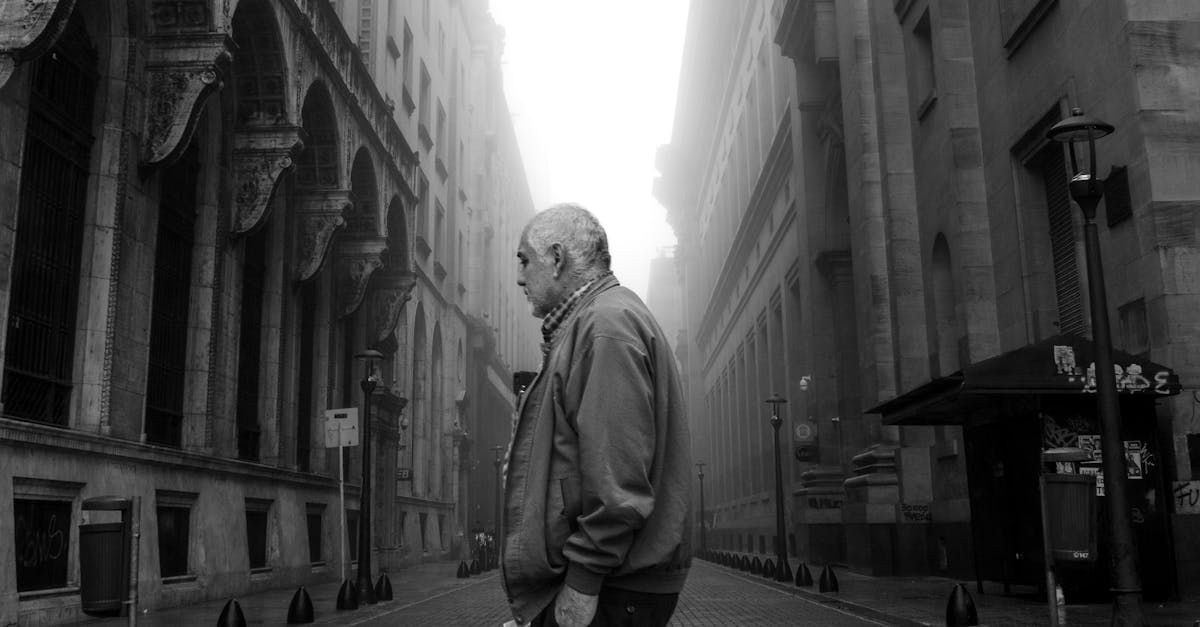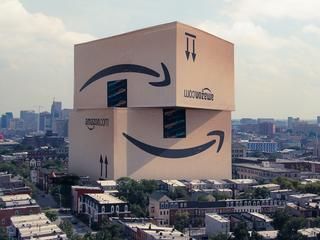
Having performed LED lighting retrofits in the industrial and commercial markets for about 10 years now, I have identified one major theme that is significant, yet seldom discussed. Most projects get approved based on a Simple Payback Period (SPP). The SPP is calculated on the total cost of the project divided by the annual energy savings the project produces. Sometimes maintenance costs are included in this calculation since the theory is that after doing a LED retrofit, you will no longer have to replace lamps and ballasts. So if a project costs $100,000 and the annual savings is $50,000 ($40,000 in energy/$10,000 in maintenance) the simple payback would be two years.
What if I told you that the energy savings calculated are actually the smallest amount of savings your business will see based on doing the LED retrofit? Let me explain. Let’s take the example of a manufacturer of metal products. They currently have Metal Halide and T12 Fluorescent fixtures all over the plant. There are lots of fixtures that have failed and are producing no light. The overall lighting quality of the plant is poor and the company spends a lot of money and time on maintaining the lights.
By replacing the lights with the proper LED solution, it is obvious that this company will save a lot of money on energy and maintenance. But, the savings from those items pales in comparison to the overall non-utility-cost financial savings that will be produced by doing this project. Let’s talk about the real issues that having poor lighting is causing:
Employee Turnover: Employees hate bad lighting. It makes their job harder and they don’t feel good when it’s dim and dreary. Imagine working an 8+ hour shift with dim, buzzing and blinking lights above you. Do you think that employees are going to do their best work? Will they perform at peak efficiency? With good employees having their pick of jobs these days, how long will they tolerate a poor working environment? The result of consistently poor lighting is higher employee turnover, more sick days, and less productive shifts. Now, let’s take the same company that invests in new efficient LED lighting. The workers feel better coming to work, they do their jobs better and more efficiently, they appreciate the fact that the company invested in their working environment, and they stay with the company longer. How much does high turnover cost your company? If you could reduce turnover by even 10%, what is the real cost savings on that? I bet its higher than the energy savings.
Defects and errors: When people can see properly, they produce fewer errors and defective products. Less scrap and waste products are also produced. If you can cut down the amount of defective products produced by 1-5%, how much will that save your business per year? Once again, I bet it’s more than the energy savings.
Higher productivity: If you can produce 500 units in a month with bad lighting, what can you produce with good lighting? If the people on your line can see better, they can move faster, will make fewer mistakes, and can spot defects quicker. If someone is trying to pick a product out of a rack, do you think they can pick that product quicker if they can see better? Of course they can. They will also make fewer mistakes and won’t damage other goods. What would an increase of 1-5% in your productivity mean for your organization? How much extra money would you make? Again, I bet it’s more than the energy savings.
There are numerous other examples of non-utility-cost financial savings when converting from old lighting to LED. If you factor in the total employee efficiency savings generated by going to LED, not just the utility and maintenance savings, your simple payback would go from two years to probably months. It may even be weeks. With LED lighting, the energy savings is just the tip of the iceberg.
